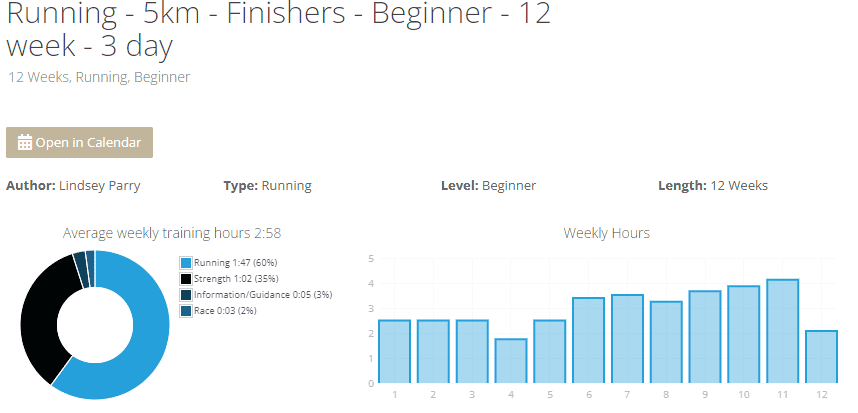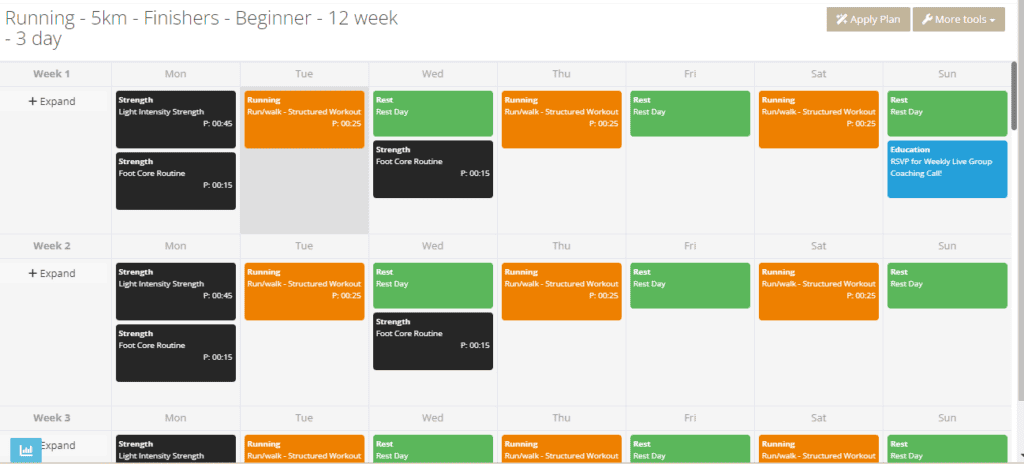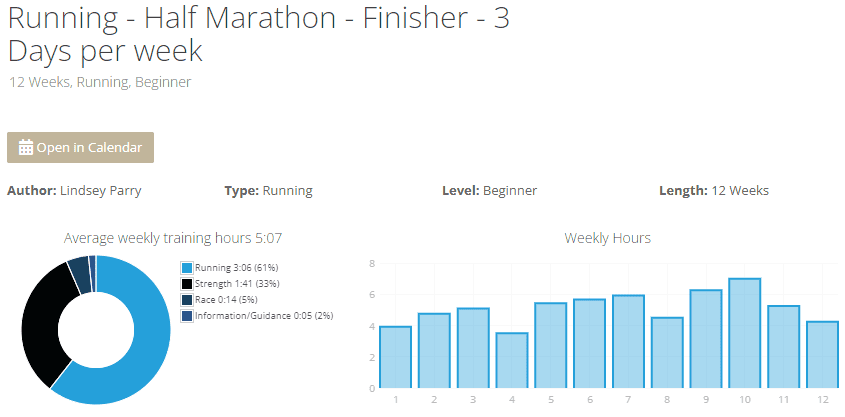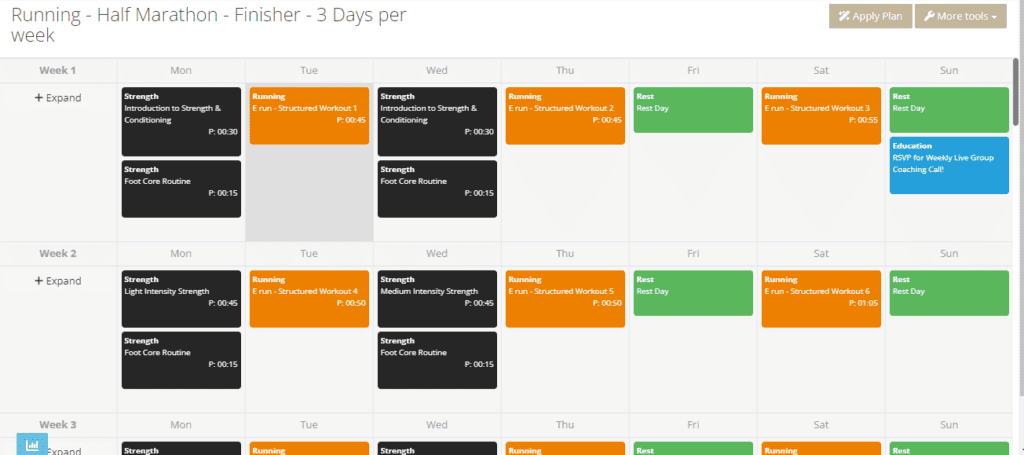Running through the vibrant city of Soweto might be the beginning of your running journey that could lead to you setting goals to run marathons all over the world.
Although it’s known as one of the toughest marathons in the southern hemisphere, with the right training, mindset, and guidance, it’s possible to go from a beginner runner with minimal experience to completing the Soweto Marathon in just 12 months.
In this blog post, we’ll provide you with the ultimate guide to transforming from an inexperienced runner into a marathoner who can successfully finish the Soweto Marathon.

How Fit Should You Be Before Beginning Couch To Soweto Marathon?
Every runner has a unique starting point…
Marathon training is accessible regardless of your fitness level or background. There’s no universal approach that fits everyone.
If you’re new to running, the idea of covering 26.2 miles (42.2km) might seem daunting, but the fact that you’re reading this article is a fantastic first step!
For the purposes of this guide, we’ll assume you’re at the “couch” level, meaning you’re a beginner who may not have even completed a 5k yet.
We’ll break down your training from the couch to the Soweto Marathon into manageable milestones.
This approach will prevent you from taking on too much too quickly and help keep you motivated until you cross that finish line.
Let’s look at the time it’ll take to reach each of these milestones…
How Long Does It Take To Go From Couch To Marathon?
Consistency is key here. If you follow the steps, gradually build up your training, and allow yourself to enjoy the process without any injuries, you can progress from couch to completing the Soweto Marathon in precisely 48 weeks.
Let’s break down those 48 weeks into manageable stages:
- First, focus on reaching 5km (3.1 miles) within 12 weeks.
- Next, aim for 10km (6.2 miles) over the following 12 weeks.
- Then, work your way up to 21km (13.1 miles) in another 12 weeks.
- Finally, train for the full marathon distance of 42km (26.2 miles) over the last 12 weeks.
By reviewing the training plans, you’ll understand how the 5km (3.1 miles), 10km (6.2 miles), and 21km (13 miles) marks are significant milestones on your path to running the Soweto Marathon.
Following each of these training plans in succession will prepare you for the marathon in less than a year.
This is a proven, science-based 12-month beginner’s training plan for the Soweto Marathon that outlines the specific training for each day, including the recommended pace to prevent injury and ensure you’re adequately prepared for race day.
Click here to access The Couch to Soweto Marathon Training Roadmap!
Consider each stage as a separate objective, allowing you to concentrate on your progress. Also, be open to modifying your time goals depending on your performance and how well your body is adapting to the running routine.
It’s crucial to pay attention to your body throughout your training. If you feel the need for a break, don’t hesitate to take one. Engaging in other activities such as walking, hiking, or cross-training can maintain your fitness level and provide your body with essential rest.
One key reminder is not to rush through your training plans if you don’t feel adequately prepared. Take your time, rest when necessary, and ensure you’re fully confident in your running fitness before advancing.
If you notice any discomfort during training, be attentive to it. Ignoring pain can result in more significant injuries.
Excessive training intensity or speed can be risky, potentially leading to injuries and hindering your progress. So, start from where you are, pace yourself, and gradually work your way up to your marathon goal.
With that in mind, let’s dive into what your training will involve.

What Your Couch To Soweto Marathon Training Will Look Like
The key to going from a beginner to finishing the Soweto Marathon is to slowly and safely improve your endurance. This helps you avoid any injuries while you’re training.
The best way to do that is to follow a training plan that is made just for you. It should consider your age, gender, and how fit you are.
With training programs like the one at Coach Parry, you’ll gradually run more and more each time in a safe and effective way. So you won’t have to worry about how long you should run each day.
This also goes for the training plans we’ll talk about later.
Paces may increase later in the journey based on your progression. This should not be rushed or forced though.
Here are some important things to follow in this program to make sure you succeed:
• Strength training is essential to avoid getting injured.
• Consistency is key. Keep doing your sessions step by step, and you’ll see progress over the weeks.
It’s crucial to stick to your training paces. Running faster might feel good, but it can work against what we’re trying to achieve.
A Preview Of The Coach Parry Training Plans For The Couch To Soweto Marathon (5 Km and 21 Km)


Easy Runs
As you’re getting started with running, remember to go at a slow and steady pace.
Begin with short, easy runs and gradually increase how far and fast you run. It’s vital to pay attention to your body and not overdo it.
These easy runs are a foundation for your training plan. They help you slowly build up your weekly running routine.
The key to easy runs is to keep a relaxed pace – one where you could easily chat with a running buddy.
Plan to run three to four times a week, and be sure to give yourself rest days to let your body recover.
Easy runs serve several important purposes in your training:
- They’re essential for building your aerobic base, improving your heart and lung fitness, and increasing your endurance.
- They aid in recovery, especially after tough workouts. These runs help your body cool down and flush out any waste buildup, which helps you recover faster before the next training session
Easy runs achieve these benefits through various mechanisms:
- Mitochondrial Growth: These runs stimulate the growth of mitochondria, which are like energy factories within your cells. More mitochondria help your muscles produce energy more effectively, which is essential for better running performance.
- Capillary Growth: They also contribute to the growth of tiny blood vessels known as capillaries. Capillaries are vital for transporting oxygen-rich blood to your muscles. Having more capillaries ensures that your muscles receive a sufficient supply of oxygen, improving their efficiency and endurance.
- Enhanced Oxygen Utilization: Easy runs help your body use oxygen more efficiently. This enhanced utilization is especially valuable for endurance activities. It enables you to use oxygen effectively, allowing you to run for longer periods and improving your overall stamina.


Longs Runs: To Build Up Your Endurance
Endurance is the secret to successful marathon running. Long runs are specifically designed to build endurance, which is your ability to keep going over extended distances.
Long runs serve as the foundation of your marathon training plan, and while they might seem intimidating, they offer numerous advantages. During these lengthy runs, you cover a significantly greater distance compared to your regular easy runs.
The primary goal of long runs is to boost your endurance and teach your muscles how to efficiently access energy stores for distances ranging from 5K (3.1 miles) races to full marathons.
They also play a crucial role in improving your running efficiency over extended distances, making each stride more effective and less tiring.
Beyond the physical benefits, long runs are vital for preparing you mentally and physiologically for the challenges of the marathon distance.
They serve as a valuable testing ground for trying out different nutrition and hydration strategies, helping you determine what works best for the actual race.
One of the most significant milestones in your marathon training journey is the longest run, typically scheduled 3 to 4 weeks before the race itself.
This crucial run serves as a test to assess your readiness for taking on the full marathon distance, boosting your confidence and solidifying your race-day strategy.
But it’s good to be careful about some common mistakes that many amateur runners often do wrong during these long runs:
- Don’t run too fast: Long runs are more about building your ability to keep going, not about speed. So, try to keep a nice, easy pace to avoid getting tired too soon.
- Don’t increase your distance too quickly: You don’t want to do too much too soon. It’s important to slowly build up how far you run each week. This can help you avoid getting injuries.
- Try not to take too many breaks: Taking lots of breaks can make it harder to keep a good pace. You should try to keep going at a steady speed, just like you will on race day.
Strength Training
Running a marathon requires more than just endurance. You also need strength, particularly for tackling hills, ensuring peak performance on race day, and preventing injuries during intense training weeks.
Incorporating resistance training into your routine is essential for building strength. Some of the best exercises for marathon runners include squats, deadlifts, lunges, and calf raises.
You don’t necessarily need a gym for these workouts; you can do them at home with simple weights and resistance bands.
At Coach Parry, we firmly believe in the value of strength training. That’s why we have integrated our Strength and Conditioning (S&C) plans into our training programs.
You might be aware that you can find strength training plans online easily. However, it’s not just about having a plan; it’s about executing the right type of training that complements your running and doing it correctly.
Proper technique is incredibly important, and we emphasize it in our S&C sessions.
Strength training isn’t solely about building muscle mass; it’s also about targeting those smaller muscles that aid in maintaining balance and safeguarding your joints.
These muscles are crucial for maintaining the right running form and technique. When you have proper form, it reduces the risk of injuries, which is particularly beneficial if you’ve had injuries before or if you’re advancing in age.
So, if you’re serious about boosting your running performance and reducing the risk of injuries, don’t underestimate the significance of strength training.
Exercises like toe raise and forward & lateral band walks, for example, are perfect. Our free strength training plan is a great place to start and you can download it by clicking here.
Rest Days
Rest days are incredibly valuable during your marathon training. They are not merely days off; they play a crucial role in allowing your body to recover and grow stronger.
One thing that many runners tend to overlook is that the real magic of your training doesn’t occur while you’re running. It happens during your rest periods. This is when your body adapts and becomes stronger.
In our training plans, we have strategically incorporated rest days. They aren’t there just for the sake of it; they are meant to aid in your better recovery. Finding the right balance between training and resting is key.
Consistency doesn’t solely depend on the days you spend running or doing strength workouts. It also involves how you approach your rest days. These days are just as vital as your active training days.
So, it’s essential to give your rest days the respect they deserve. They are the secret ingredient that allows you to return to your training feeling fully prepared and energized.

The Training Plans You Need To Go From Couch To Soweto Marathon
These training plans serve as your comprehensive guide from the start to the finish line of the Soweto Marathon. They cover everything you need, including:
- Daily Training Sessions: Each training session is outlined in detail, leaving no room for confusion. We provide pacing guidelines to ensure you meet your running goals, along with instructional videos from our coaches to keep you on the right path. Additionally, we’ve integrated recovery days to maintain balance and prevent overtraining.
- Strength Training: Our plans cater to all levels, from beginners to seasoned athletes. We prioritize proper technique to minimize the risk of injuries and target the necessary muscles. The best part? You don’t need a fancy gym; you can do it all in the comfort of your home.
- Big Picture Planning: Gain a comprehensive understanding of how each training session contributes to your journey toward the Soweto Marathon. Our tools help you track your progress and assess your response to the plan.
Always remember, that the effort you put in before the Soweto Marathon significantly impacts your performance, and our plans are designed to ensure you are well-equipped for success.
View all of our training plans here!
Staying motivated during a year of marathon training can be quite challenging, but it’s essential for your success. Here are some practical tips to help you stay on track..
How To Stay Motivated For An Entire Year Of Training
- Running with a friend or joining a club can make your workouts more enjoyable and help you stay committed. The support and companionship of others can be a significant source of motivation.
- Take a moment to reflect on why you started this marathon journey. Whether it’s personal achievement, better health, or a cause you believe in, keeping your reasons in mind can serve as a powerful motivator, especially during challenging training days.
- Maintain a training journal to track your progress, note your accomplishments, and reflect on both the good and challenging days. Seeing how far you’ve come can be a strong source of motivation.
- Visualize yourself crossing the marathon finish line. Imagining this achievement can keep you focused and driven, particularly during tough training sessions.
- While consistency is crucial, be open to adjusting your plan to accommodate unexpected challenges that life may bring. Maintaining flexibility will help you stay on track despite setbacks.
- Keep your training interesting by varying your routes, exploring new paths, and trying different workouts or cross-training activities to keep things fresh and engaging.
- Set smaller goals along your year-long training journey and reward yourself when you achieve them. Whether it’s new running gear, your favorite treat, or a relaxing massage, these little rewards can serve as powerful incentives.
- Seek inspiration from the stories of other runners, uplifting literature, or motivational videos. Witnessing others overcome challenges can reignite your own motivation and drive.
- Remember that it’s okay to rest and give your body and mind the time they need to recuperate. Rest is an integral part of effective training and can ultimately help you come back stronger.
- Celebrate each small victory along the way, recognizing that every milestone brings you closer to your ultimate goal. Acknowledging and celebrating these achievements can keep you motivated and energized.
Couch To Soweto Marathon Tips
Once you’ve settled on a marathon training plan that suits your needs, consider incorporating these additional marathon training tips into your journey from being a couch potato to becoming a marathon runner…
#1: Do All Of The Little Things
While your marathon training plan may focus mainly on running workouts, it’s important to understand the importance of cross-training and strength training.
Cross-training helps improve your overall aerobic fitness while reducing the impact on your body and engaging different muscle groups.
Strength training is crucial for preventing injuries by strengthening your musculoskeletal system and addressing any muscle imbalances.
Additionally, research indicates that including strength training in your routine can improve your aerobic capacity (VO2 max) and endurance performance due to the neuromuscular adaptations it promotes.
However, it’s essential to recognize that marathon training encompasses more than just workouts.
Elements such as sufficient sleep, a well-balanced diet to support your training, rest days, foam rolling, mobility work, and overall recovery are equally crucial for your success alongside the actual running sessions.

#2: Get the Right Shoes
Getting the right pair of running shoes is crucial for your running journey. Look for ones that are comfortable and provide proper support for your feet. If you’re unsure about what to pick, there are resources available to help you find the perfect pair.
#3: Stick To Your Plan
Staying consistent with your training plan is crucial for your success. Consider it as laying the foundation for your marathon accomplishment, one step at a time.
#4: Slow Down Your Long Runs
A common mistake that many first-time marathon runners often make during training is running their long runs too quickly.
It’s not necessary to target your race pace or anything similar during these sessions to achieve your goals. In fact, pushing too hard can increase the risk of injury, overtraining, and prolong recovery times.
Instead, maintaining a slow and comfortable pace during your long runs helps you achieve the same objectives while safeguarding your body from overtraining and exhaustion.
This approach reduces the strain on your body and helps you avoid burnout.
#5: Consider Using a Watch
GPS running watches are like your training sidekick. They help you track and adjust your workouts, making your training smarter and more effective. With so many options available, you’re sure to find one that suits you.
#6: Consider Running for Charity
Running for a cause can give you that extra motivation to stick with your training. It’s a win-win – you achieve your marathon goal, and you support a good cause.
Training for a marathon in just one year is a challenging but achievable goal. By building a strong foundation, starting slow and steady, incorporating cross-training, following a structured training plan, and joining a running community, you can go from the couch to the Soweto marathon finish line.
Always remember to listen to your body, be patient with yourself, and stay committed to your goal. Good luck!



Comments are closed.